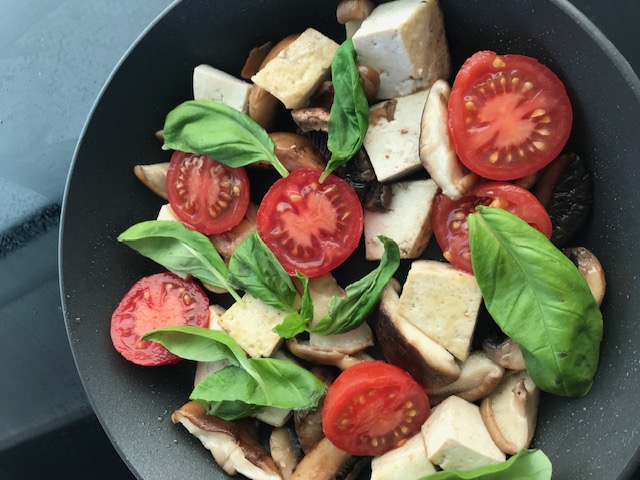
Most runners understand that discipline and consistency in following a training plan will get you to the start line in the best possible shape.
What if you applied the same rules to your nutrition? Every decision you make about what to put into your body has an impact on how you recover, perform and feel during training.
This does not mean you have to be perfect all the time, but understanding that you have control over what you feed your body and ultimately how you feel. It’s about taking responsibility and creating awareness about your diet.
The first step to improving your nutrition is to understand the basic balance of macro nutrition – carbohydrates, protein and fat – how much do you need of each on a daily basis, and how to achieve this within your meals and snacks.
The next step is micro -nutrition, this is looking at the nutrient density of your diet and include a wide variety of foods.
There are hundreds of nutrients that our body needs for optimum functioning, which can be broken down into 7 major categories – carbohydrates, fats, fibre, water, protein, vitamins and minerals. Within the mineral category alone there are 60 that are essential minerals, such as iron, copper, zinc, selenium. Within the protein category there are 9 essential amino acids, and within the Vitamins there are 16 that are essential, and we haven’t discussed fats, fibre or carbohydrates yet !
As you can see, your body is a very complex machine that requires many essential nutrients. The way you feed your body will determine how many of these nutrients you are consuming. This is where nutrient density and variety comes in.
If you eat the same breakfast and the same lunch each day (which I often see in client’s food diaries) you are limiting the amount of nutrients available.
Ideas to boost nutrient density and variety in your diet:
Breakfast ideas:
- Oats/Fruit based – mix up the grains and nuts include some buckwheat, quinoa, teff – try different nuts like hazelnuts, brazil nuts or pecans. Another easy swap is a change in the fruit – try blackberries, papaya or kiwi.
- Egg based – include at least 3 vegetables – ie mushrooms, spinach, tomato, capsicum, zucchini – this could be on the side, in a frittata or scrambled.
- Toast based – vary the topping – avocado and hemp seeds, hummus and tomato, smoked salmon and ricotta.
Lunch ideas:
- Eat with a fork – generally speaking if you eat lunch out of a bowl with a fork – you will be consuming a greater amount of vegetables and protein than if you are eating a wrap or sandwich. Happy have the wrap or bread on the side you like, but the bulk of your lunch should be a variety of vegetables plus adequate protein
- Vary the protein – if you usually have tuna or chicken – try sardines or turkey, or opt for a vegetarian protein such as tofu, legumes, beans.
- Make your own lunch – preparing your own food is the single biggest change you can make to improve your diet long term. Start slowly and build – if you currently buy your lunch every day, aim to make your own lunch 1-2 days per week, then gradually build up to more often.
Deciding to take action and actively improve your diet can feel a little overwhelming at first – it’s easy to stay in your comfort zone and eat the same things day in day out. But just like your training, you need to be disciplined and consistent, and also make space to learn something new in order to progress (adaptations).
If you need some more ideas or recipes, I have 7 day meal plans available
I hope you enjoy the journey.

